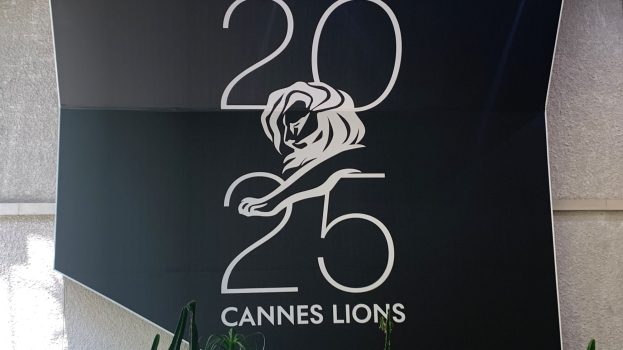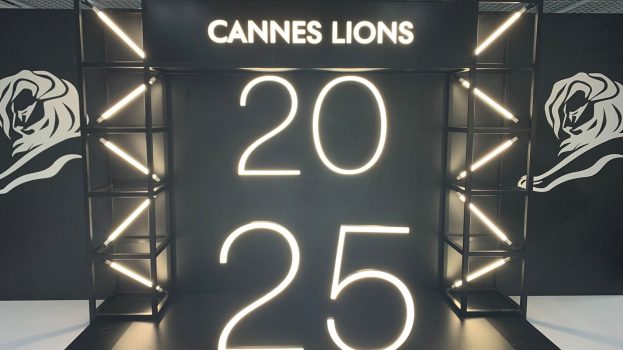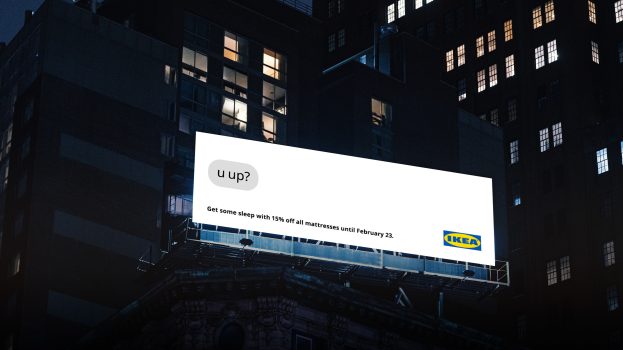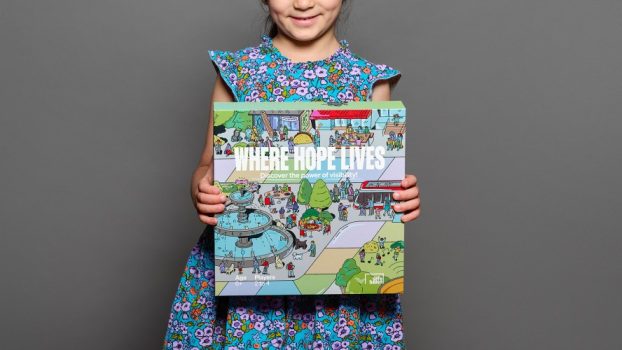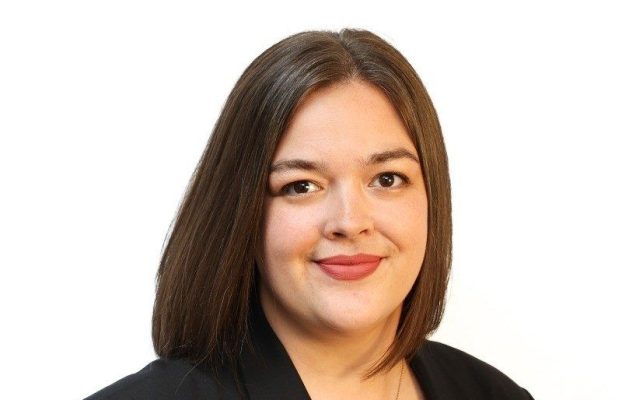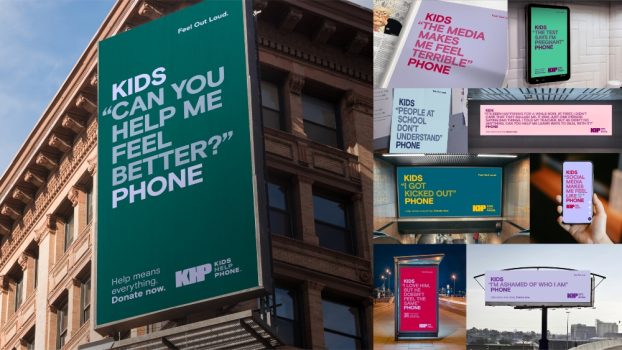One reason communication is so tough today is this: the audience doesn’t have anything in common any more.
Once upon a time, a whole nation sat around watching I Love Lucy (or Wayne & Shuster), all at the same time. Way before that, the same things were taught in school no matter where you were – historic events, where Latvia is, even a little literature. A writer could make a reference to Kaiser Wilhelm or King Lear with some confidence that his audience might get it.
Today, of course, about 17 people watch the same show at the same time because they have a 100-odd channels, the whole Internet and a Game Boy. Schools don’t teach readin’, ‘ritin’, and ‘rithmetic, they teach interpersonal adjustment. And while the explosion of ethnicities has made Canada a deeper, richer nation, it also means that people have different lenses through which they view your message. When a copywriter decides to parody The X-Files, as one recently did, he should understand that he’ll be on the wavelength of maybe 15% of his audience.
But there is still one lingua franca Rosetta stone common thread that unites a huge audience. Everybody – though snobs deny it – absorbs good advertising. And good advertising, sooner or later, can become part of the language.
When a guy on a camping trip disappears momentarily into the bushes, he sometimes emerges chortling, ‘Ahh, the pause that refreshes,’ without even thinking that Coca-Cola gave him the phrase about a dozen campaigns ago. When a boss looks at a staffer’s memo and snorts ‘Yes, but where’s the beef?’ he may well have forgotten that his words originated with a classic batty old lady slamming the other burger big guys on behalf of Wendy’s.
All these musings were prompted by the realization that another campaign has recently crept into the language, and while I don’t think it’s been greatly recognized by the Awards Gang, it really is excellent, memorable advertising. The campaign is for MasterCard, and its punchword is ‘Priceless’.
You know how it goes. In its early days, they showed slightly sappy little situations, like Susie performing at her piano recital, and said-and-supered words like ‘sheet music, $40…teacher’s fees, $300…the chance for Susie to be Mozart, priceless.’ And then ‘Some things money can’t buy, for everything else, there’s MasterCard.’
It was okay work, good not great, but they had the sense to stick with it. And gradually, with a lot of media weight, there was something about the rhythm of those words – ‘x dollars, y dollars, priceless’ – that became very warm and comfortable. And they dressed it up with a nice graphic where an element of the visual morphs into the two circles of the MasterCard logo. And they started moving away from Susie’s piano lessons and the new carpeting, and they custom-tailored the commercials to the events they sponsored.
The most recent fine example came in the World Cup Soccer telecasts, where they had people all over the world swapping memorabilia – beauty queens trading sashes, sumo wrestlers trading smocks, etc. I forget how they tied it into MasterCard and ‘priceless’, but they did – you can take a lot of licence with a mature campaign – and the result was warm and fuzzy and very, very likable.
Editorial cartoonists love the MasterCard campaign, knowing that their readers will ‘get’ the reference. A while back, a cartoon clobbered Steve Forbes, the wealthy U.S. magazine publisher who kept running for president. It said something like, ‘1996 campaign, $40 million…2000 campaign, $60 million…the discovery that no amount of daddy’s money can buy charisma, priceless.’ And more recently and more somberly, the Alberta G-8 conference, ‘Accommodations, x dollars…security, y dollars…the thought that something might actually be done for Africa, priceless.’
A friend recently made a good observation as to why companies should run long-term campaigns for commodity products. Said he, ‘It’s for when their competitors screw up, which they generally do. When you get pissed off enough at your current supplier, you start thinking about what’s on the back burner, and a name springs to mind with positive vibes attached, and you switch. The advertising did it.’
MasterCard have put themselves on a lot of back burners. May they generate well-earned heat.
John Burghardt’s checkered resume includes the presidency of a national agency, several films for the Shah’s government in Iran, collaboration with Jim Henson to create the Cookie Monster, and a Cannes Gold Lion. The letterhead of his thriving business now reads ‘STRATEGIC PLANNING * CREATIVE THINKING.’ He can be reached by phone at (416) 693-5072 or by e-mail at burgwarp@aol.com.

